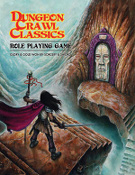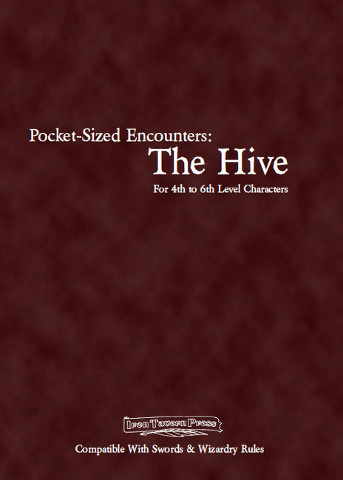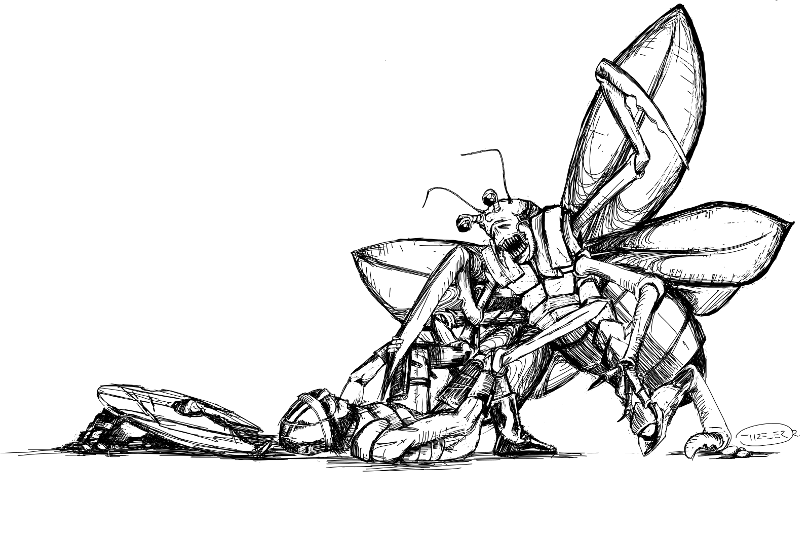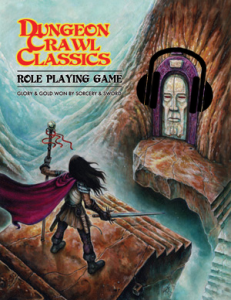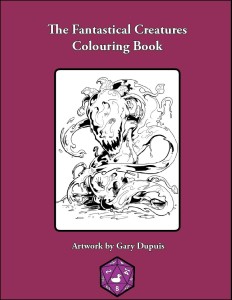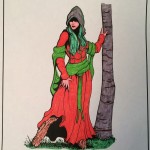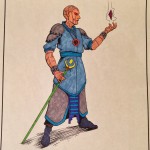 In Pathfinder I love a good warrior with noble intentions. The Lawful Good Paladin riding his noble charger, the glorious Cavalier waving his banner as he leads his companions into victorious battle. These warriors extol the virtues of fairness and defenders of the good. Or so we think anyway. In reality, at the service of a lord or king what were these warriors like in reality? We love to tell tales of the noble and just but in reality, in our very own histories is that how these warriors acted.
In Pathfinder I love a good warrior with noble intentions. The Lawful Good Paladin riding his noble charger, the glorious Cavalier waving his banner as he leads his companions into victorious battle. These warriors extol the virtues of fairness and defenders of the good. Or so we think anyway. In reality, at the service of a lord or king what were these warriors like in reality? We love to tell tales of the noble and just but in reality, in our very own histories is that how these warriors acted.
The short answer is of course no. The warriors, knights, and cavaliers alike were formidable enemies in their thick armour and with their strength of arms. But they did not care for the rights of the individual or the plight of the downtrodden. In fact it was these very people that often guided the forces that worked against the peasants or even the average man. These individuals served a noble or king in their own right and saw that the edicts of the authoritarian arm were enacted. There were taxes to collect, tithes to receive, crops to be harvested. A farmer or peasant would consider themselves lucky to have a talking to if the crops were late, for in reality the forces under the night would use pressure tactics and at times were downright thugs to get quotas met.
So where does this trope of good and fair knights living by a personal code of honor come from? It comes from the Knight Code of Chivalry that formed out of the Crusades. Chivalry is actually a word with connotations attached to horsemanship and it was attached to these mounted warriors who served in the crusades. From this was born the chivalrous code of the warriors who were mainly attached to the church. They lived to protect the weak (which meant women and elderly of the church), and protect the interests of the church. In their eyes though unless an individual was a God-fearing believer of the church, they were fair game.
The tales of King Arthur in Britain give heed to the idea of courtly behaviour and the notion that Knights protected all of the weak. These tales though never really touch on the lives of the peasants around them, only those that were attached to the court and the like making it clear that class segregation was definitely a clear delineation of the Knight overall.
That leads us to question how we handle Knights and Cavaliers in a game. Cavaliers are a much more clear cut differentiation in Pathfinder as they have their codes already set out for them. The codes are reflective of the fantasy tropes that pervade the fiction. Cavaliers protect the innocent and strike down those that would do evil (of course they are not restricted to good roles but this is the focus) but what of our true Knights, the Paladins of our fantasy world.
Paladins largely serve a god and embody their ideals. These paladins serve Gods that are good in nature and proponents of the law, much like the knights that followed the Chivalrous code. Now if a Paladin in game struck down a peasant due to them not supporting the ideals of their god, where would that place that as a Games Master? Do we make them seek atonement and take their powers from them? But what if that peasant had cursed their God’s name? What should we do? The chivalrous code of real life Knights would have them make war with these individuals wherever they found them. So should we take their powers off them instead when they turn a blind eye to this behavior?
I think the answer to this situation will indeed lie at the heart of your game style. Most would probably take the powers if they struck down the peasant and that is certainly in keeping with the glorified, romanticised version of a Knight. I think I lean more toward the serving of a god’s tenets and striking down infidels which is a much more realistic or gritty style but it adds to the complexity of the role. Let me know what your thoughts are in regards to including the more realistic aspects of character classes are into the fantasy genre in the comments. Until next week, keep rolling!
Mark Knights is 40 year old guy living in a small rural town called Elliott in Tasmania, Australia. I have been role playing since I was 11 years old playing the original versions of Dungeons and Dragons, MERP, Elric, Dragon Warriors and the like amongst other genre games. I played D&D 2nd Edition through the 90′s but I ran Earthdawn for my fantasy setting and loved it as a GM. When 3rd Edition came out for D&D I tried it but found it too heavy on rules. I ignored the 3.5 edition of DnD in favour of Earthdawn (big mistake) as I thought it was just a money spinner. When 4th Edition DnD came on my players and I gave it a red hot go but hated what it had dumbed the game down to be. On a trip to Melbourne to buy some 4E stuff from a hobby store an old mate of mine pointed me at Pathfinder and in a Fantasy setting I have never looked back.

